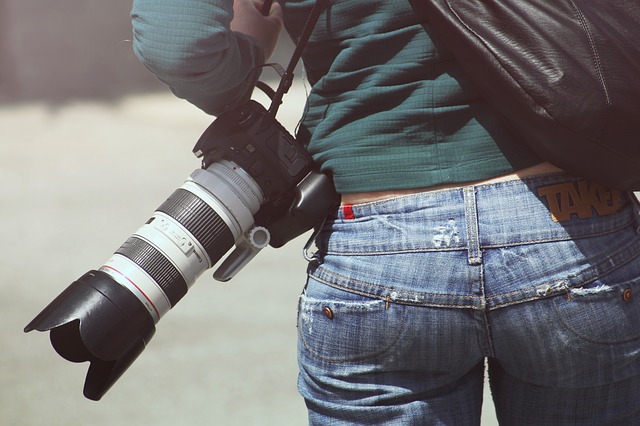Your list of must-have equipment for photographing wildlife
Photographing wildlife is a great way to build an appreciation for the great outdoors whilst also getting some exercise. It can also be a great opportunity to join some clubs, make friends, or, if you have kids that are old enough, create a quality pastime that your family can enjoy. We’ve rounded up a list of some essential pieces of kit that can improve your wildlife photography experience.
A Camera You Know Well
Naturally, to take photos you will need a camera, but more than just having a camera is knowing your camera. Know what all the buttons and dials do, how to increase the ISO, alter the white balance and change the shutter speed. These are all things you might need to do quickly when you’re waiting for wildlife and different settings work better for different animals.
Remember Your Memory
Plenty of spare memory cards are also essential if you are hoping to capture animals in motion and are using a fast burst. This is useful for birds, insects, and shots of larger game leaping. For more relaxed photography sessions, this isn’t so essential.
Back at your computer, invest in external memory storage to store your photos. This could be an external hard drive that plugs into your computer or a subscription to an online storage folder. Hard drives need replacing every five years or so, so both of them represent an investment.
Lenses Big and Small
It is true that a good lens is the best way to upgrade your camera if you have a limited budget. So upgrade lenses before you upgrade the camera body. A good choice for nature photography is a lens that has a range of focal lengths to account for animal movement. Additionally, zoom features are a must as you cannot always get close to the animals.
For more experienced photographers, your photography will noticeably improve with better lenses. A wide angle lens is better for setting wildlife in a scene. This is the sort of lens that requires preparation so scout out your perfect backdrop, taking into account the golden ratio spiral, and wait for an animal to cross your path.
Generally, it’s a good idea to know your way around your camera, but sometimes you need to chuck it into one mode and snap away. Learn how to use your camera’s aperture priority mode for good quality photos that will let you focus on the wildlife.
Spare Batteries
Goes without saying that you can’t take a photo without a battery. Whenever you get back home, charge your batteries straight away and always keep them in rotation. When you’re out and about, have your camera on and in hibernation mode. That way, when you spot something, you can quickly take a photo before that magic moment is gone.
Sturdy, Comfortable and Waterproof Bag
Have a bag that is specifically for outdoor photography. It should be padded to protect your camera and lenses, and it should be waterproof in case you get caught out in the rain. Some bags come with a plastic sheet you can store in a zipper that works well. A good bag can also double as storage since it will protect your camera and its contents from life’s knocks and bumps.
Wildlife Cameras
Sometimes photographing game isn’t just for the beauty of it, you might just be curious to know what is out there. For this, there are wildlife cameras that you can position at game hotspots that will take a photo every time it senses movement. These can be tied around trees or fences and are generally hard wearing and waterproof.
You can check out this website for wireless cameras which will send the photos straight to your computer. This is a fantastic feature that means you don’t need to trek back to your camera to delete photos and see what has been moving around in the night.
Photographing wildlife helps with conservation efforts to bring awareness to the plight of animals that may be endangered. Ultimately you can use your hobby for the greater good of the world. It’s a wonderful and creative pastime to do, so pack your bags and get out into the great outdoors.

